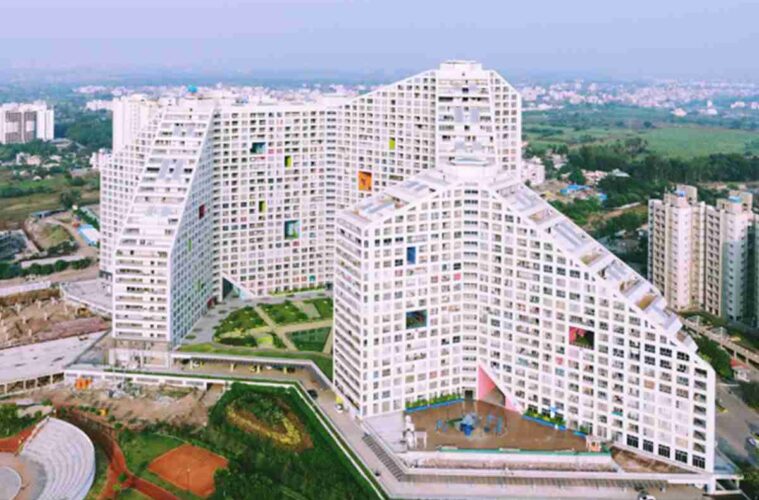When you’re flipping through magazines and looking at all the stunning homes in Victoria and beyond, and reading about the award-winning architect in Melbourne that designed each one, you might start wondering about what qualities an architecture project needs to boast in order to become award-winning.
Is it just a matter of complexity? Or uniqueness? Or innovation? It’s a mystery to many of us who exist outside of the architectural profession, but it remains an interesting topic nonetheless. What makes architecture award-winning?
What Awards Are There to be Won?
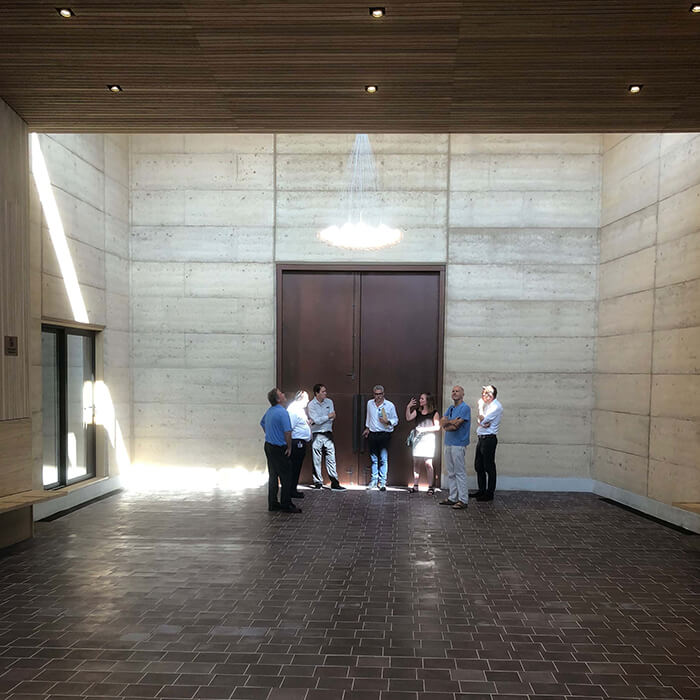
source: azureedge.net
In Australia, there are a number of interesting awards relating to architecture, some regional and some national. Examples include the Robin Boyd Award, the Wilkinson Award, the Melbourne Prize, Victorian Architecture Awards, Australian Institute of Architects Gold Medal, and others. These are the names of the prizes that many architects now are aspiring to win one day, but how will they get there? What qualities will their buildings need?
Criteria for Award-Winning Architecture

source: yankodesign.com
Different awarding bodies will word these concepts differently, and possibly combine them at times, or further divide individual ideas into different categories, but our list gives a good overview of what matters to the people who give out awards for architecture.
Function
Buildings constructed entirely for the sake of creating a building to be occupied, or entirely for aesthetic purposes, are not likely to fulfil this part of the criteria. New technologies emerging constantly should, in the opinion of award judges, prompt and inspire architects to create buildings that can integrate and use these technologies and make the world that much of a better place. Buildings need to have some positive functionality or innovative quality that makes a contribution — a positive impact — on the community and the local environment.
Human-Centric with Environmental Consideration
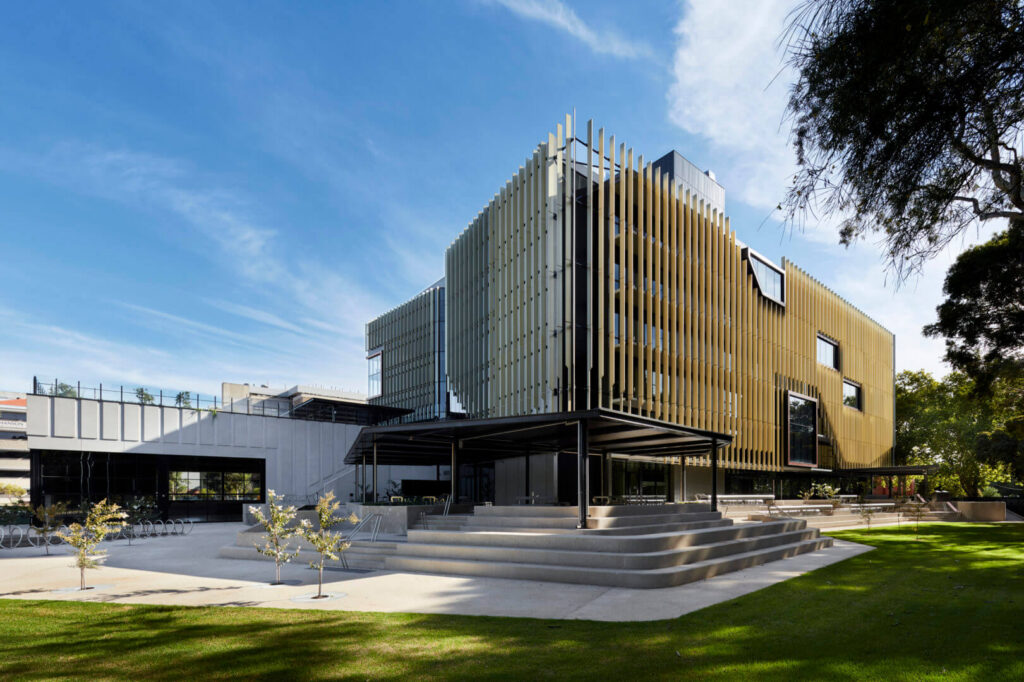
source: coxarchitecture.com.au
An important balancing act that architects need to get right is the need first to create a human-centric building that takes into account all the needs of its occupants. The building should facilitate human productivity, interaction and well-being, of course. At the same time, it should also help to make environmental improvements, partially for the humans too, but also for the wider consideration. For instance, an award-winning building might be one that uses innovative design to cancel out traffic noise, provide safe harbor for birds, or incorporates tree and plant life seamlessly into its structure to provide shade and natural cooling.
Impact
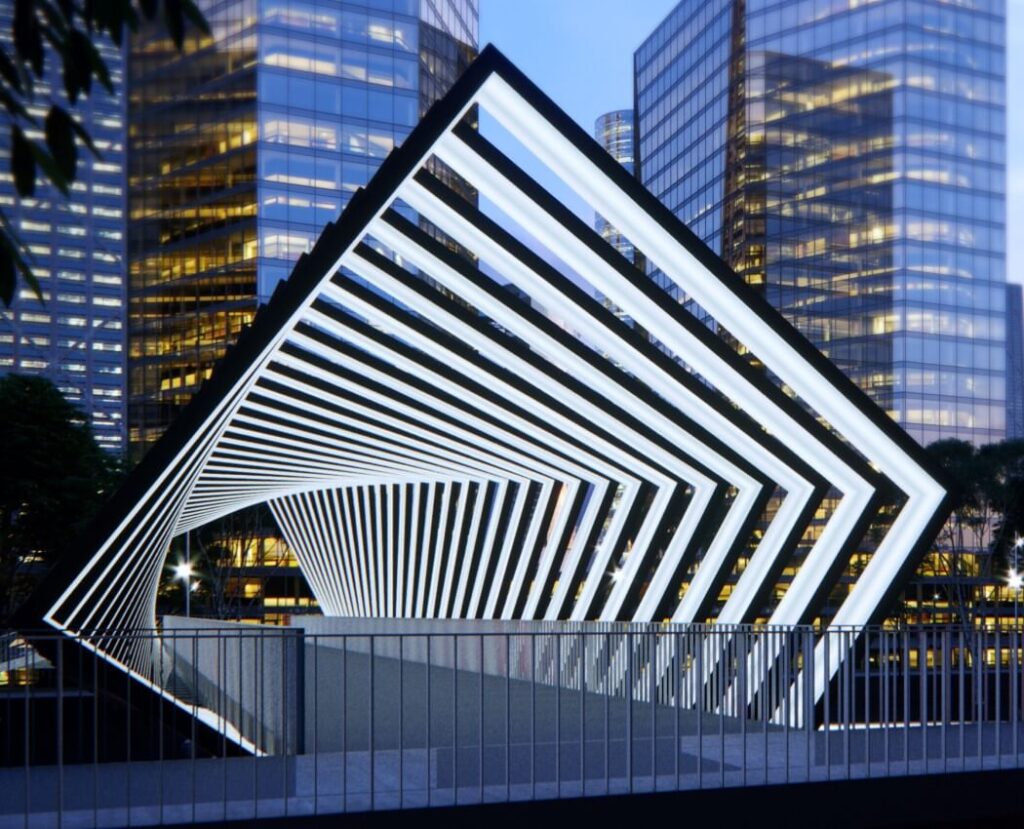
source: studiodzonidzony.mk
Impact has been discussed a little in the above two criteria, but it requires its own criterion as well to fully explain what is meant. The award-seeking architect of today needs to create a building that makes different kinds of impacts. First, the building should make a positive environmental impact in whatever way it can.
Second, it should also make a human-centric contribution, creating a focal point that brings community members together, strengthens bonds, provides a “haven” for people or generally helps others to feel good. Finally, it needs to have an impact on the industry, showcasing innovation and technological advancements that set new standards for others to follow.
Quality
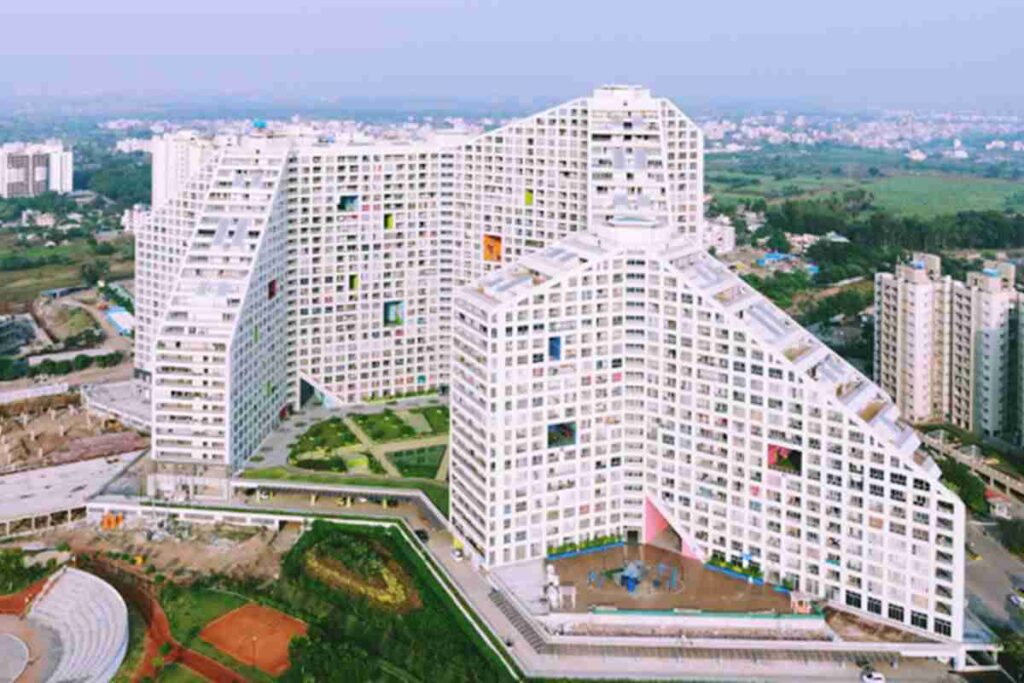
source: financialexpress.com
The final big area of contention when it comes to awards is the idea of “quality.” Like the other big word in this article, “impact,” the word quality has many potential meanings and connotations. In architecture terms, it first refers to artistic design; the aesthetic. A stunning exterior and interior are essential. Beyond that, there must be quality and beauty in its community provision. In other words, is the building being designed and constructed for the greater good? As such, it must truly be a design and build of quality.

